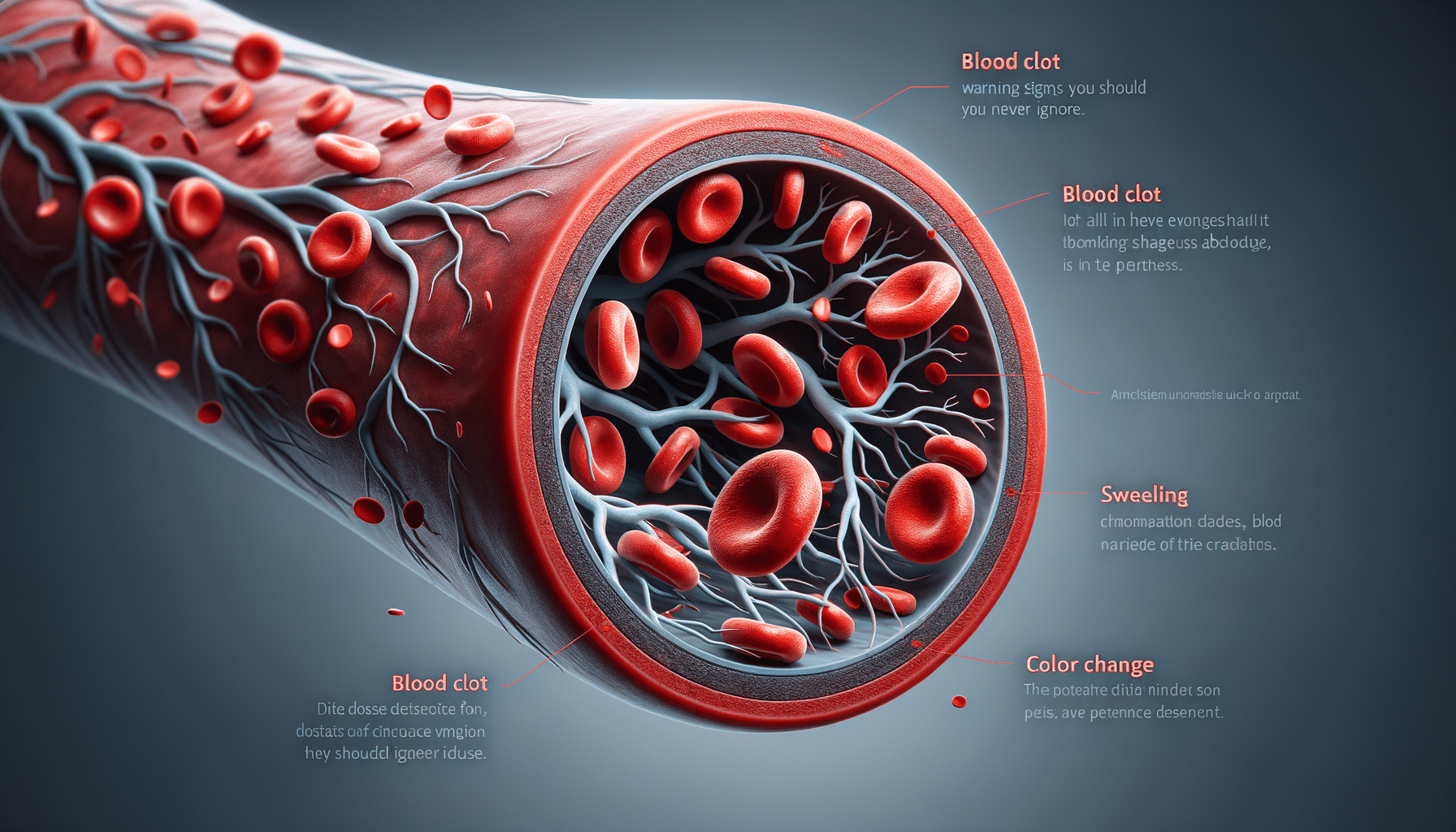
How to Choose Good Dog Food: A Comprehensive Guide
Understanding Your Dog’s Nutritional Needs
Every dog is unique, and so are their nutritional needs. Understanding these needs is the first step in choosing the right dog food. Dogs require a balanced diet that includes proteins, fats, carbohydrates, vitamins, and minerals. Proteins are crucial for muscle development and repair, while fats provide energy and support cell function. Carbohydrates are a source of energy, and vitamins and minerals are essential for various bodily functions.
Consider the age, size, breed, and activity level of your dog when selecting food. Puppies, for instance, require more protein and calories than adult dogs to support their growth. Similarly, active breeds may need more calories than less active ones. Consult your veterinarian to understand the specific dietary requirements of your pet.
It’s also important to consider any health issues your dog may have. Dogs with allergies, for instance, may need hypoallergenic food, while those with kidney issues might require a diet lower in protein. By understanding your dog’s specific needs, you can make a more informed decision when selecting dog food.
Reading Dog Food Labels
Dog food labels can be confusing, but they hold crucial information about the quality and nutritional content of the food. When reading labels, look for the Association of American Feed Control Officials (AAFCO) statement, which indicates that the food meets established nutritional standards.
Ingredients are listed in order of weight, so the first few ingredients are the most significant. Look for high-quality protein sources, such as chicken or beef, as the primary ingredient. Avoid foods with vague terms like “meat meal” or “animal by-products,” as these can be lower quality.
Pay attention to the guaranteed analysis, which provides the percentage of protein, fat, fiber, and moisture in the food. Compare these percentages with your dog’s nutritional needs. Additionally, check for any artificial preservatives, colors, or flavors, which can be harmful to your pet’s health.
Understanding the label can help you choose a food that not only meets your dog’s nutritional needs but also aligns with your values regarding the quality and sourcing of ingredients.
Choosing Between Dry, Wet, and Raw Dog Food
The type of dog food you choose can significantly impact your dog’s health and preferences. Dry food, or kibble, is convenient, cost-effective, and helps maintain dental health by reducing plaque. However, it may not be as palatable as wet food for some dogs.
Wet food, on the other hand, is often more appealing to dogs due to its texture and aroma. It also provides additional moisture, which can be beneficial for dogs that don’t drink enough water. However, wet food is typically more expensive and can contribute to dental issues if not balanced with dental treats or regular brushing.
Raw food diets have gained popularity for their perceived health benefits, such as improved coat condition and digestion. However, they require careful preparation and handling to prevent bacterial contamination. Additionally, raw diets can be more expensive and may not be balanced, requiring supplements to meet all nutritional needs.
When choosing between these options, consider your dog’s preferences, your budget, and your lifestyle. A combination of different types may also be suitable, offering variety and balanced nutrition.


